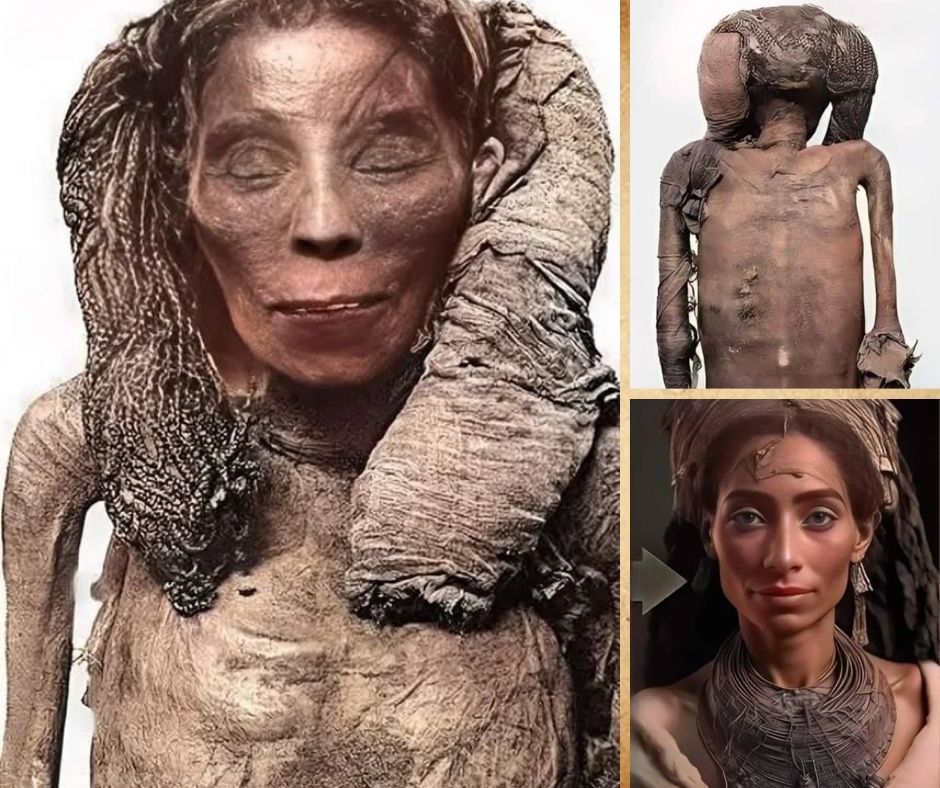Discover the fascinating story of Lady Rai, one of Egypt’s oldest mummies, and delve into the rich history that surrounds her remarkable life.

Lady Rai, a well-preserved mummy from ancient Egypt, dates back over 3,000 years to the reign of Pharaoh Amenhotep III during the prosperous 18th Dynasty. Discovered in 1881 by archaeologist Gaston Maspero in the Valley of the Queens, her tomb contained numerous artifacts intended for her afterlife, including intricate jewelry and food supplies, highlighting her high-ranking status, possibly as a noblewoman, nurse, or priestess.
What makes Lady Rai particularly fascinating is the exceptional condition of her mummified remains, which have largely withstood the effects of time. Her skin retains a lifelike appearance, providing researchers with valuable insights into the physical characteristics of ancient Egyptian women. Advanced techniques such as CT scanning and DNA analysis have revealed that she suffered from ailments like arthritis and hardened arteries, shedding light on health issues of her era and adding a personal dimension to her story.
Today, Lady Rai’s mummy remains a significant subject of study, exemplifying the rich cultural tapestry of ancient Egyptian civilization. Her enduring legacy continues to captivate visitors in the Egyptian Museum, offering a poignant connection to the past and the lives of those who shaped history along the Nile.

